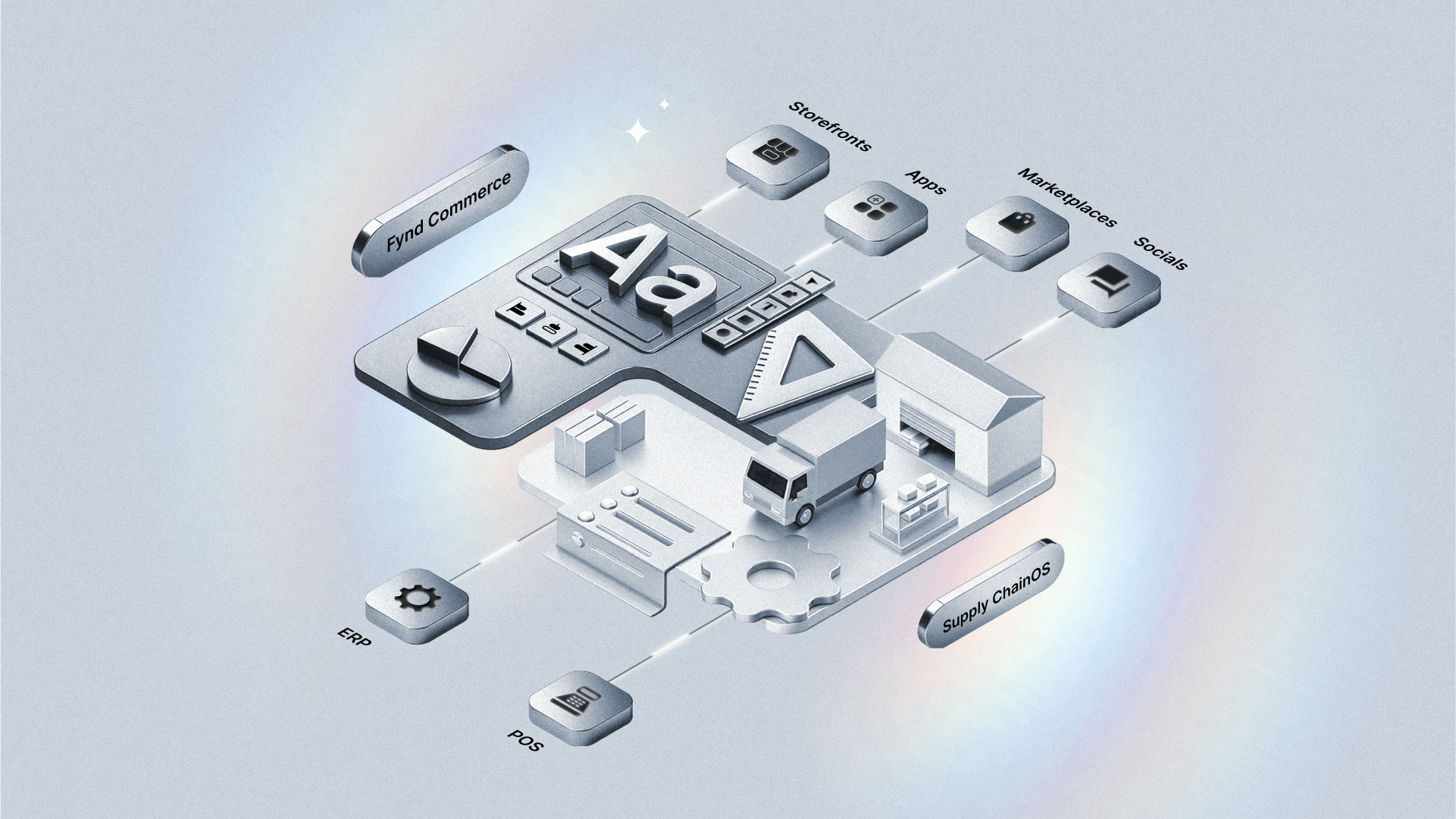Understanding customer personas in omnitech retail

Getting under the skin of our customers and finding out what drives them, what they want, what makes them happy and what makes them sad underpins any marketing strategy.
While we all dig hard enough to understand our consumers, how well do we really know about the personality and the mindset of all users, employees and stakeholders?
For Fynd, it’s been 5 years of building omnichannel retail in India. In the quest to become omnipotent, it is very imperative for us to keep redefining our products, especially with the dramatically changing needs of the market—in the pre/post covid world. It’s very clear that whatever got us till here, is not going to take us forward.
What is holding us back? We have been transitioning well in our quest to become a more structured and holistic retail tech provider. But, there still is something standing between us and the next level of achievement. Perhaps a chink in the armour?
“The purpose of a company is to create a customer… the only profit centre is the customer”- Peter Drucker
To understand your customer, your first step should be to identify who your primary and secondary customer is. While your primary customer is the person who wants and needs your product/service, secondary customer can be the one who makes or influences the purchase decision.
Identifying shouldn’t be limited to “knowing” who your customer is but it should be an absolute dissection of the cognitive understanding, the motivational factors, psychoactive needs, the decision making factors, and the personality type.
What very few marketers do when it comes to understanding their customer is understanding their mindset. Thus we went ahead and built user personality cards. Each user persona talks about a specific user of the Fynd Store application.
Fynd Store’s user base can be categorised into two, one being the direct users (Store Manager + Store Associate), also the centre pool for all the action and, the other being the Brand Managers.
- Is there a difference in their behaviour pattern?
- What does it take to ensure the motivation level is up?
- How do you measure the success?
- What does it take to move a level ahead?
A round of questions, focus group discussions, one-on-one interactions, and here we are with the findings!



While there are not many stark differences in the way a Store Manager and Store Associate behaves, it is the backing of knowledge and the way they act upon which is different. Owing to their experience and the stage of work life they are in, major variations captured are as such.

While we speak of Store Managers and Store Associates, it is imperative that we also discuss Brand Managers, who run the show. Being into leadership roles, they generally have high patience, low frustration levels.
Also, it is interesting to see that customer satisfaction is a key indicator of professional growth for Store Managers, while brand growth is the most important aspect for a Brand Manager.
Brand Managers would also look for novel ways to increase brand growth. Hence, the introduction of omnichannel , Ecom and other ways are preffered , on the other hand direct one-on-one interaction for Store Associates with their customers is still the preferred medium of sale.
When you analyze and compare the three stakeholders you would realize that each one of them has a different meaning to success, and each one would have different sets of metrics that motivate them but as they move up the ladder they all settle down in the established approaches towards business as highlighted in the Personality Card.
When we as an organization tie our processes, systems, and communication along with these defined matrices for each one of our customers. We create a secret sauce of serving our customers the best way - a win-win for each one of us.
Brick and Mortar is still the centre of action. In-fact terms like "Revenge Buying" is already doing the rounds. French fashion luxury brand Hermes recorded sales worth $2.7 million in its Guangzhou flagship stores in China on the day it reopened in April. Omnichannel and eCommerce have somehow led to a shift in the store business pie. While the business has moved more towards Ecom and marketplaces. 50-55% of the workforce still prefers store walk-ins as the best medium of sale. This clearly defines the resurgence of other channels of sale but, the visibility which Brick and Mortar are providing is not going down anytime soon. Thus Omni-Channel growth is still unparalleled , In fact, omnichannel solution is 2nd in this race of preferred medium for store sales.
We at Fynd Store are on our way to creating better experiences for stores and helping them to sell more, right from the stores. It's a win-win for everyone and the best way to achieve that, is to know your customer and to know your evangelists in the deepest possible way!
Frequently asked questions































%252520(1).webp)
